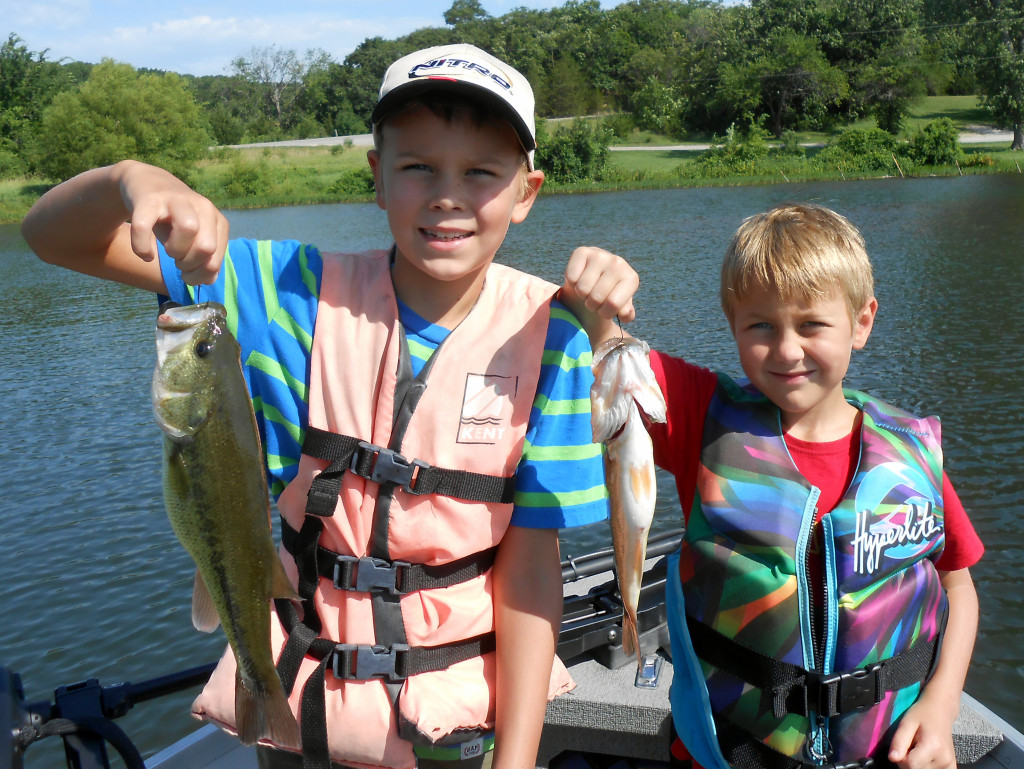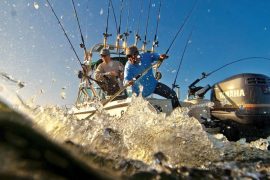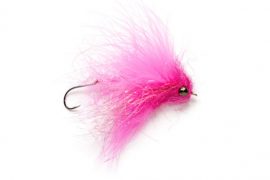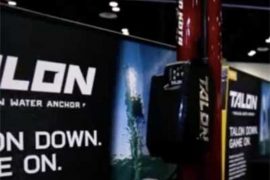Across the years, we have written many words about the way Midwest finesse anglers in northeastern Kansas cast and retrieve their Midwest finesse rigs. And after we recently spent some time on the water with three of our youngest grandchildren this summer, we thought that it was time to write a few more words about casts and retrieves.
Our oldest grandchild is 30 years old, and our youngest is seven. And for scores of Junes, Julys, and Augusts, these 10 grandkids have hopped in the back our boat, wielded a spinning rod with a Midwest finesse rig, and caught an impressive number of largemouth bass and smallmouth bass, as well as some incidental catfish, freshwater drum, and panfish.
This June and July we fished a number of times for largemouth bass with three of our youngest grandchildren at one on northeastern Kansas’ state reservoirs. And during every outing, the fishing was difficult. In fact, it was so difficult that when we crossed paths with a veteran northeastern Kansas bass angler around 11:15 a.m. on July 6, he told us that he had been fishing since 7:00 a.m., and he had tangled with just one largemouth bass. In his eyes, it looked to be a four- or five-pounder, but it had liberated itself before he could lift across the gunnels of his boat. Before we talked to that angler, our grandkids had been fishing for 35 minutes, and they had caught six largemouth bass and one green sunfish. And even though the largemouth bass fishing was trying during this July 6 outing and throughout their entire visit to northeastern Kansas, they caught an average of seven largemouth bass an hour.
They caught the bulk of these fish by making a 25- to a 45-degree cast behind the boat. Their casts were short ones, ranging from 25 to 35 feet. And they primarily employed either a drag-and-shake presentation or a drag-and-deadstick presentation. A significant number of these two retrieves were executed while they were strolling their rigs. Strolling is accomplished by allowing the electric trolling motor to propel the boat and drag the Midwest finesse rigs along the bottom. They strolled them across rock-laden terrains. They cast and strolled their rigs around patches of American pondweed, bushy pondweed, coontail, Eurasian milfoil, lily pads, and man-made brush piles. And they would stroll them until their rigs were nearly behind the boat; then they would make another cast and stroll again.
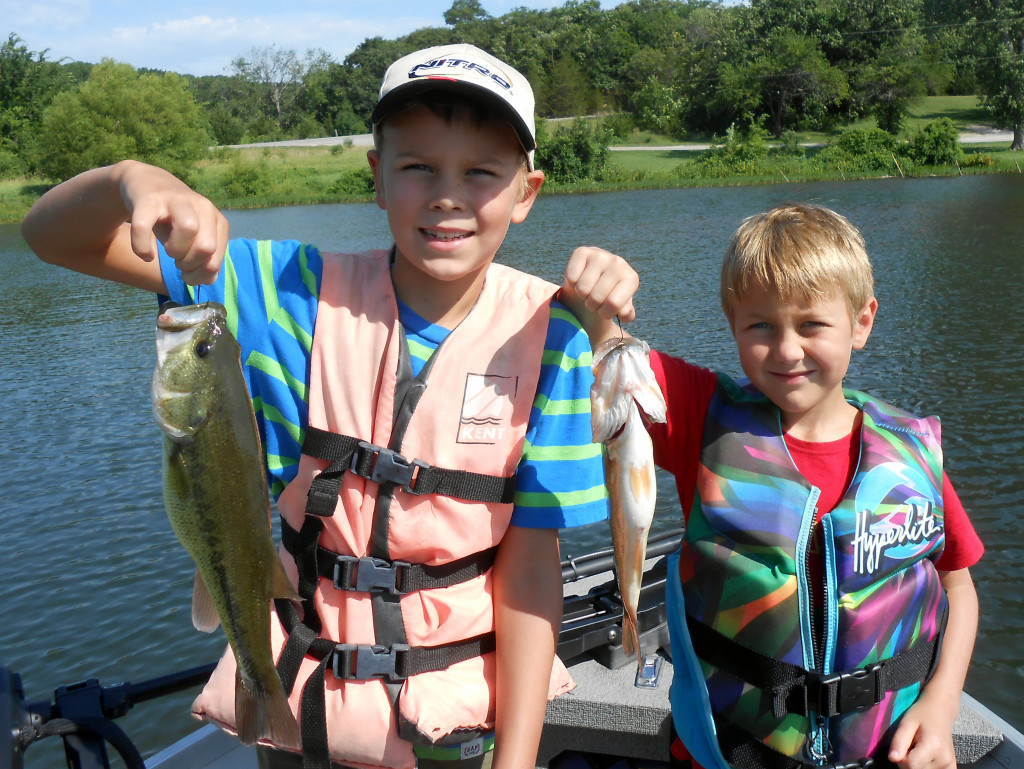
The short casts that are angled at a 25- to 45-degree behind the boat and the subsequent strolling maneuver with either a drag-and-shake or a drag-and-deadstick retrieve are not methods that we reserve for our grandkids in June, July, and August. In fact, whenever the largemouth bass and smallmouth bass fishing are problematic, I or my wife, Patty, or our piscatorial colleagues will use these tactics. And throughout the calendar year, even when the largemouth bass and smallmouth bass are easy to catch, we find these tactics will often be more fruitful than casting either perpendicular to or in front of the boat and employing other presentation styles. Actually, there is rarely an outing when we do not employ these tactics.
Even though we cannot fathom what is transpiring in the murky and watery world beneath and behind our boat, there seems to be something extraordinary going on when we execute a cast at a 25- to 45-degree angle behind the boat and employ a dragging presentation with one of our Midwest finesse rigs, such as a 2 1/2-inch Z-Man Fishing Products’ green-pumpkin ZinkerZ affixed to a red 1/16-ounce Gopher Tackle’s Mushroom Head jig or a shortened four-inch Z-Man’s Junebug Finesse WormZ affixed to a chartreuse 1/16-ounce Gopher jig.
A number of years ago, I used to spend some time talking to topnotch professional bass tournament anglers and watching them practice for tournaments. And when I watched them practice, I never saw…

